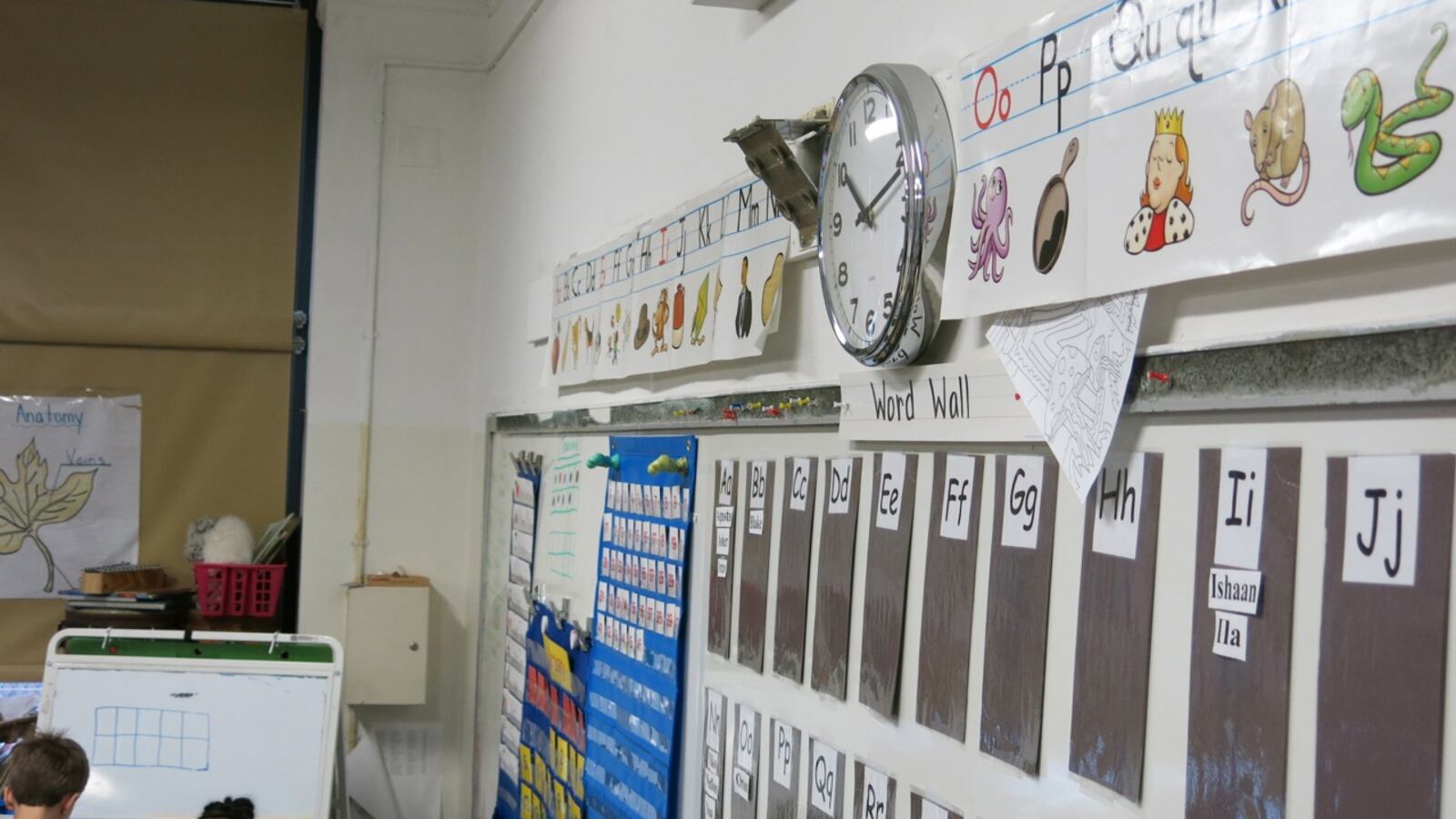When students sat down for the first round of state tests this week, they weren’t working against the clock — a change that teachers say worked well for some students and exhausted others.
The shift to having unlimited time to complete the tests was one of a few changes made to the tests this year in a bid to reduce student stress. After three days of English testing, teachers say the absence of a time limit bolstered the confidence of some students, but it also presented some new logistical and behavior challenges.
And in a twist, teachers also said some students spent longer than ever on the exams, even though the tests also featured fewer questions than last year’s exams.
At The Equity Project Charter School in Washington Heights, one student worked on his exam until 3 p.m. on the first day of testing after beginning that morning, said Kadeem Gill, a special-education teacher at the middle school.
“That student walked out feeling empowered,” said Gill, “because he made a conscious choice to sit past the recommended time. He also got the opportunity to show what he knows in an objective way.”
Not all students took nearly that much time. Most students who moved into a secondary room for extra time took just 15 to 20 more minutes more, Gill said, though a handful used an hour or more.
The process wasn’t as smooth at Emolior Academy, a small middle school in the South Bronx, according to Isis Monteza, a teacher who proctored the exams for 14 sixth-grade English language learners.
“As a teacher it is my duty to honor the extra time a student requests, but in my classroom students had to wait over an hour for one student in the room to finish,” Monteza said.
Her students — many of whom already would have received extended time because of their language status — didn’t revel in having even more time.
“We’re going to have to teach them how to not rush each other and to respect one another’s time,” Monteza said.
In the past, third to eighth grade students were given 60 to 90 minutes (depending on the grade and test) each day to complete the exams. This year, proctors were told to allow any students who were “productively working” to continue until they finished.
In a memo to school administrators, city education officials offered a host of ideas for managing the new rules. The city encouraged seating students likely to work beyond the recommended testing window together, for example, and suggested putting students with testing accommodations in separate rooms. To manage students who didn’t take more time, the city recommended that schools escort students to other rooms, if possible, or have the students silently read books in testing rooms.
But the logistics were still challenging for some. The change meant that some students took a break for lunch and then returned to the testing room, disrupting some lunch schedules. At the Earth School, an elementary school in the East Village where many students opted out, the playground next door that students typically used was off limits all day, said teacher Jia Lee. And some teachers scrambled to find rooms to hold students who finished during the regular window of time.
At least one teacher credited the change with fewer tears this testing season.
“In the past, we’ve had students crying and upset because they weren’t able to finish,” said Mark Anderson, a special education teacher at Jonas Bronck Academy in the Bronx. “This year, one student who has major test anxiety was anxious before the test, but the extra time helped her manage herself.”

